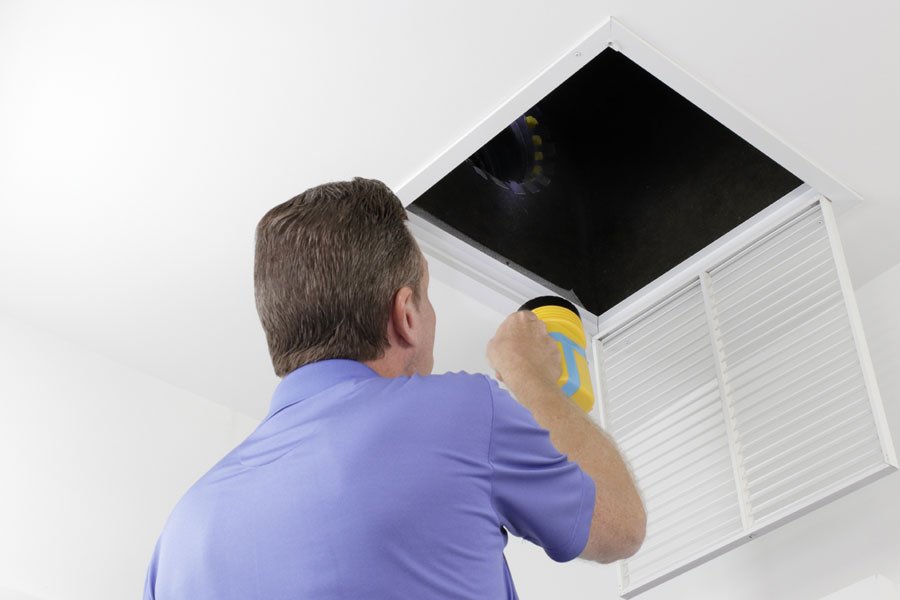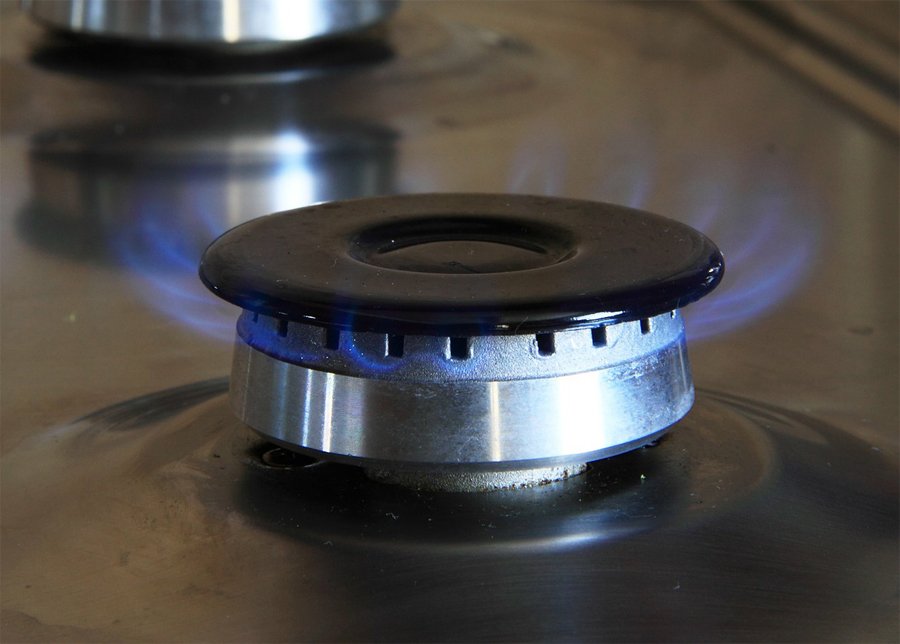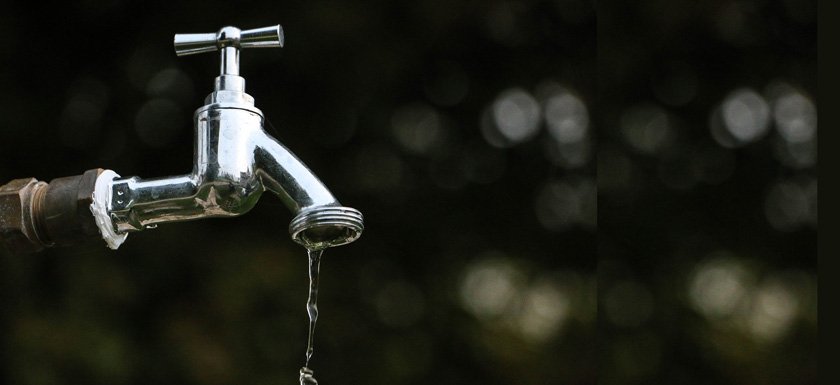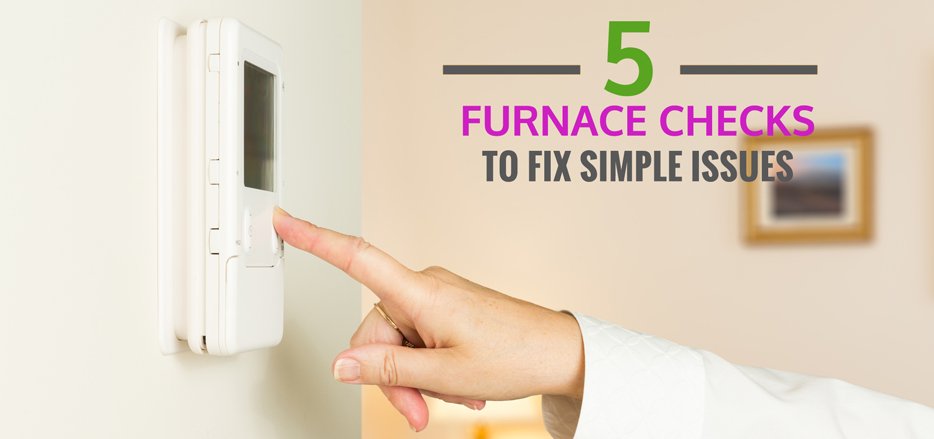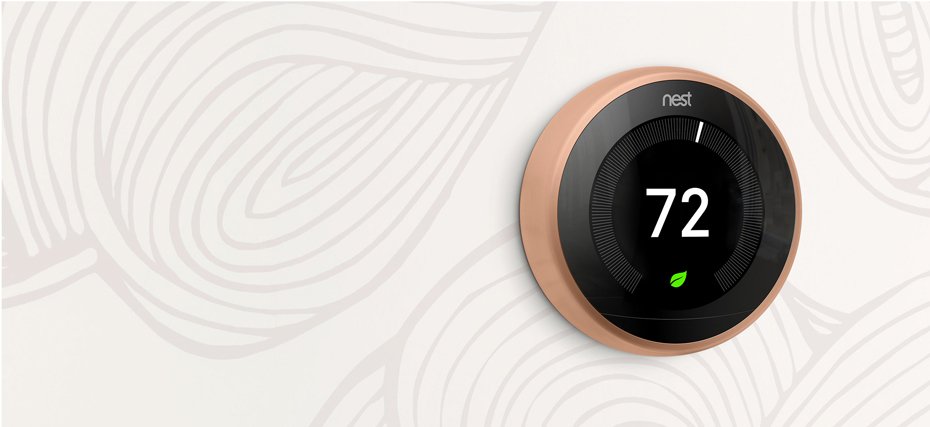The San Francisco Bay Area enjoys mild winters. However, in the first weeks of this month, temperatures plummeted to the 30s for cities along the Bay like Redwood City, San Carlos, and Burlingame.
Are you and your kids not sleeping well because everyone is cold? Here’s what to do to make sure your house is comfortable:
Check for leaky ducts
When rooms don’t stay warm, there may be leaks in your furnace ducts. This causes your furnace to work harder and take longer to get to the desired temperature. If some rooms stay warm but other rooms feel cold, then you may have a furnace air flow problem. We can correct this by adjusting the furnace air that blows into each room. We do this through automatic zoning so you are warm and cozy wherever you are in your home.
Change your furnace filter
Dust and dirt prevent free air flow through the heating system. This could make the furnace’s heat exchange overheat and turn itself off.
Check the time on your thermostat
Did you adjust the thermostat for daylight savings time? Set your furnace thermostat to “On” instead of “Auto.”
Do you have the right size furnace for your home?
Our experts can determine the right size of furnace is most appropriate for the size of your home and the Bay Area climate. An overpowered furnace drives up heating bills, while an underpowered furnace struggles to keep you warm on cold days. We can help you evaluate whether it is time to replace your existing furnace and install a new heating system.
Get an inspection for your heating system
Your HVAC system is like your car and needs regular checkups and maintenance. Maintenance can lengthen the life of your furnace.
RC Mechanical, Redwood City’s best HVAC contractor, is a trusted local company that will quickly diagnose and resolve your furnace issues, and recommend repair or replacement. RC Mechanical is a local veteran-owned business and has provided expert furnace and air conditioning repair and installation to the Bay Area with integrity for over 20 years. Homeowners in Redwood City and throughout the Bay Area count on us for all their heating and air conditioning needs. Call us today at (650) 575-3915 and we will respond within 24 hours.

